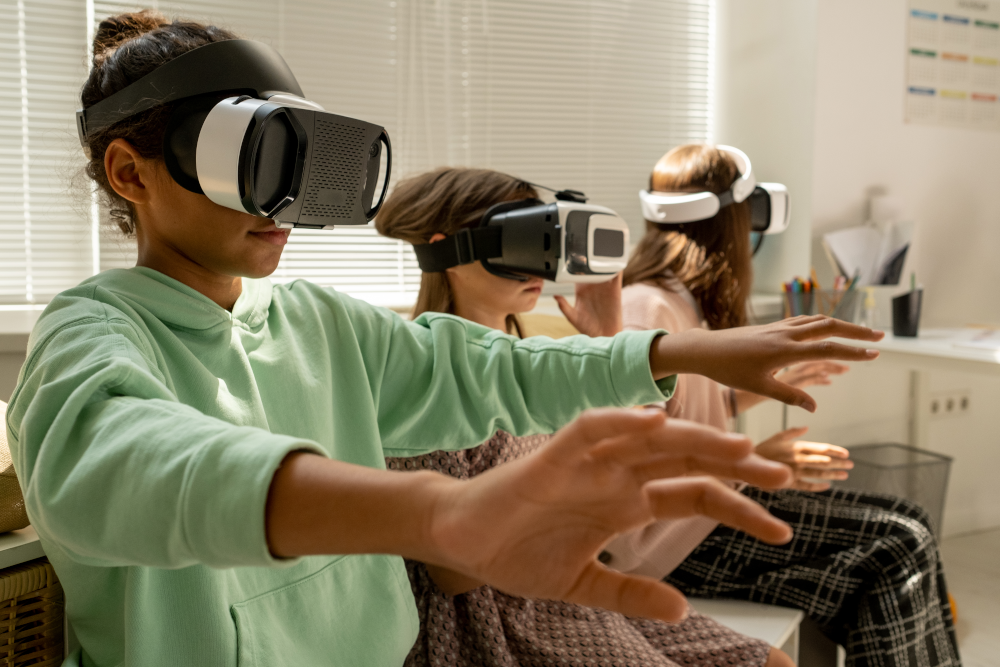
Embracing game-based learning (GBL) in educational settings marks a transformative step towards interactive and impactful teaching methodologies. By carefully considering these three foundational steps for initiating a GBL program, principals can ensure a seamless integration that not only captivates students’ interest but also significantly enhances the educational value, paving the way for a more interactive and enriched learning environment.
Step 1: Assessing Readiness and Setting Objectives
Before launching a GBL initiative, school principals should meticulously establish clear, specific goals and objectives that they aim to achieve through this educational strategy. These objectives should be quantifiable, enabling a structured evaluation of the program’s effectiveness post-implementation. Subsequently, it’s crucial to synchronize GBL activities with the existing curriculum, ensuring that these interactive learning experiences seamlessly integrate with and reinforce the core educational content, thereby enriching students’ overall learning trajectory and advancing the institution’s educational mission.
Step 2: Selecting Appropriate GBL Tools
After establishing measurable objectives, it’s crucial to select games and platforms that resonate with the school’s educational aims, considering the suitability for students’ ages, the relevance to the curriculum, and the potential for student engagement.
Comprehensive teacher training is vital, enhancing their capacity to integrate GBL seamlessly into curricula, especially when implementing digital tools. This training should encompass game design principles, boosting teachers’ programming skills and understanding of digital tools’ educational value, with a particular focus on inclusive strategies that cater to all educators, including those in special education.
Step 3: Implementing and Integrating GBL into the Curriculum
Integrate GBL into the curriculum thoughtfully, ensuring it complements rather than supplants conventional teaching techniques. It’s key to utilize GBL as a tool to enrich the educational experience, providing interactive, engaging learning that aligns with traditional pedagogical goals. Regularly evaluate the effectiveness of GBL, monitoring its influence on student engagement and learning achievements. Encourage teachers to adapt their teaching strategies based on these evaluations to optimize educational outcomes and maintain a dynamic, responsive learning environment.
Implementing GBL is a dynamic process that goes beyond mere introduction to ensuring its integration is impactful, aligning seamlessly with educational goals. It requires continuous assessment and adaptability, urging educators to refine their approaches based on real-time feedback and outcomes. This strategic incorporation of GBL not only fosters a more engaging learning environment but also equips students with the skills and knowledge needed in an ever-evolving educational landscape, ensuring they are well-prepared for the future.

